How to spend time in Prague
Prague is a city rich in history, culture, and beauty, offering a plethora of things to see and do. As the capital of the Czech Republic Prague is also its largest city, with a population of approximately 1.3 million people, it is a bustling metropolis that takes a long time to get bored of. Below is a list of recommendations for how to spend your time in Prague:
Charles Bridge
Take a stroll across this iconic bridge adorned with Baroque statues and offering stunning views of the Vltava River and Prague Castle. Commissioned by Charles IV of Bohemia in 1357, this amazing bridge took 45 years to build and remained the only way of crossing the Vltava river for hundreds of years. The avenue boasts 30 predominantly Baroque statues and statuaries lining the balustrade, forming a captivating fusion of artistic genres against the backdrop of the underlying Gothic bridge. Installed primarily between 1683 and 1714, these sculptures depict a variety of saints and patron saints revered during that era.
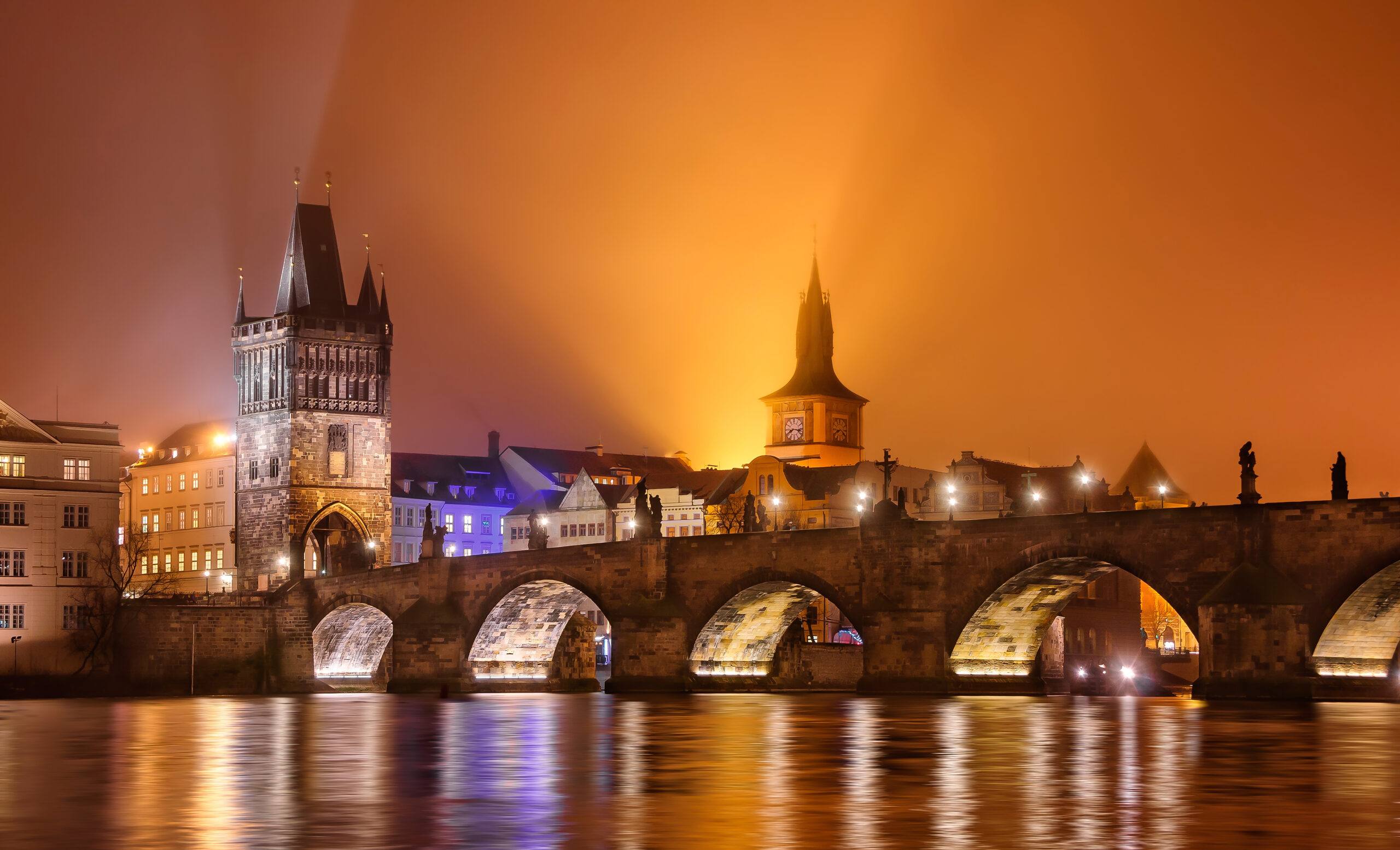
Prague Castle
Explore the largest ancient castle complex in the world (according to the Guinness Book of Records), home to stunning architecture, including St. Vitus Cathedral, and offering panoramic views of the city. Dating all the way back to the 9th century this fortification covers nearly 70,000 square meters of area. The castle stands as one of Prague’s premier tourist destinations, drawing in excess of 1.8 million visitors each year, Wild Flamingos recommends booking tickets in advance.
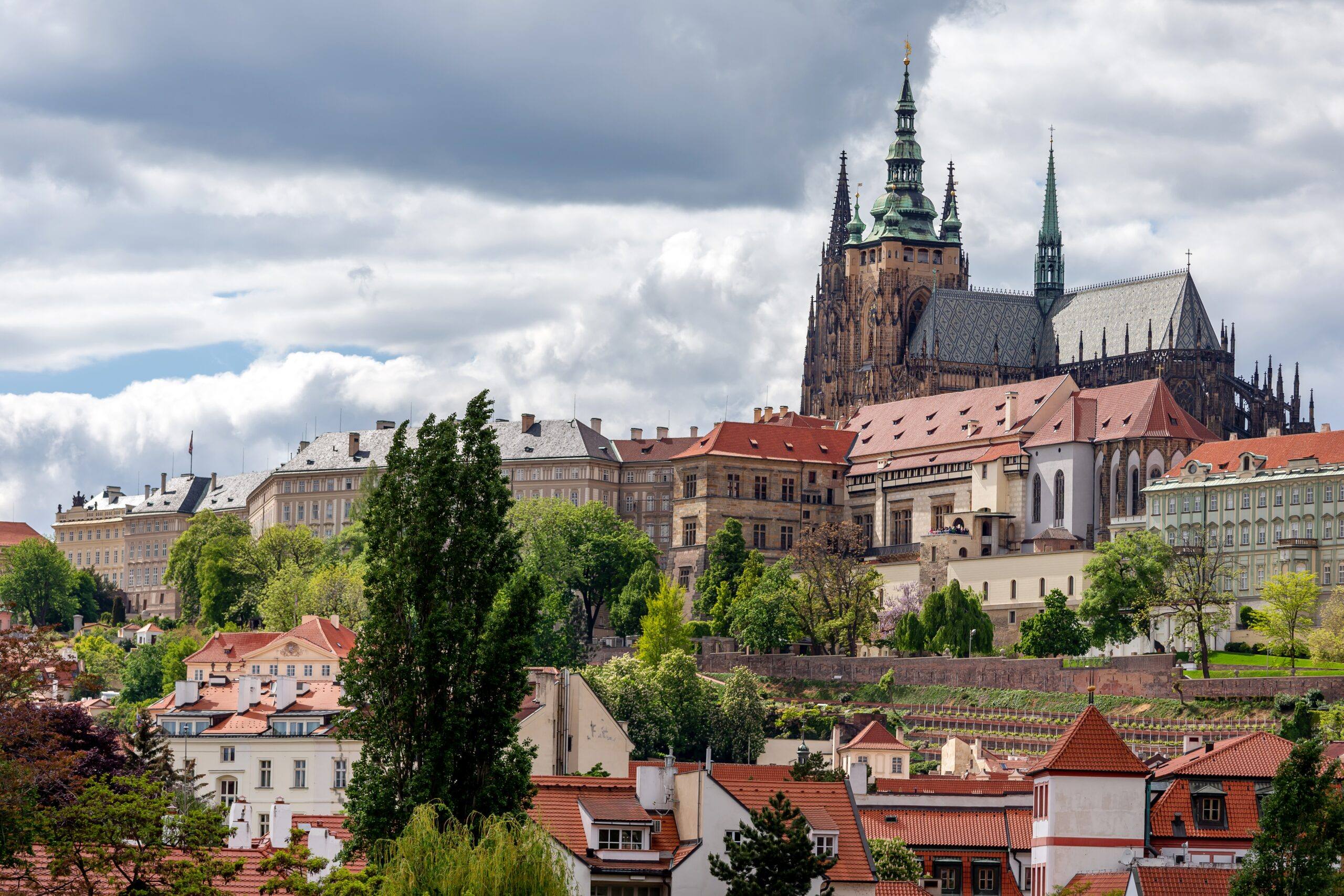
Old Town Square/Astronomical clock
Marvel at the Astronomical Clock, soak in the atmosphere of the medieval square surrounded by colourful buildings, and visit the Church of Our Lady before Týn. The Prague astronomical clock or Prague Orloj was installed in 1410, making it the third-oldest astronomical clock in the world and the oldest clock still in operation. for those unfamiliar with the concept (such as this writer two mins before penning this piece) an astronomical clock doesn’t bother with lowly mattes such as hours, minutes and seconds – instead it lets you know what is going on in the heavens, by depicting where astrological bodies are in relation to each other at any particular time.
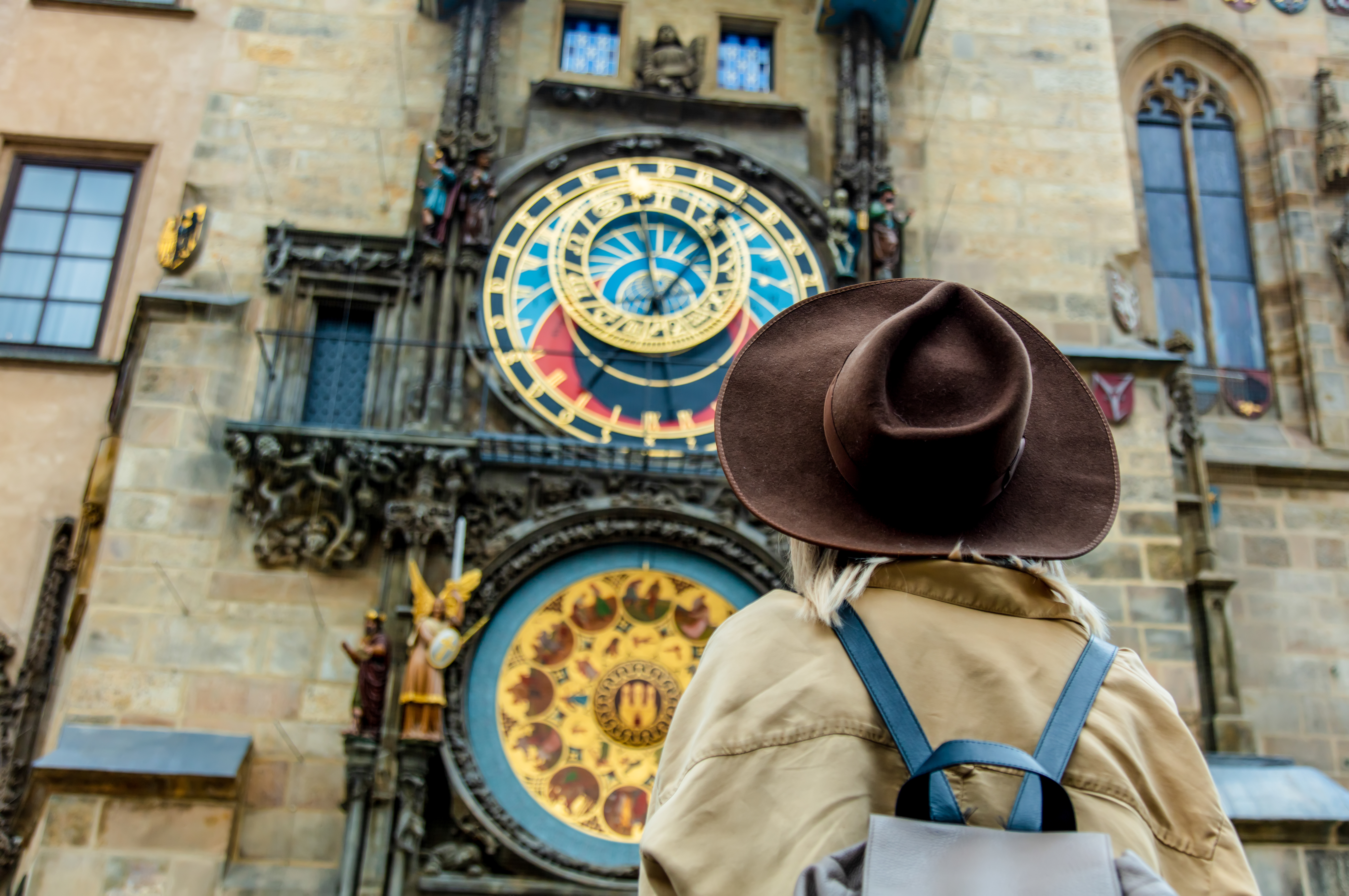
Wenceslas Square
Explore the vibrant heart of Prague, lined with shops, restaurants, and historical buildings, including the National Museum. Numerous significant historical occurrences have unfolded in this plaza, rendering it a customary venue for demonstrations, festivities, and various public assemblies. Additionally, it claims the distinction of hosting the most bustling pedestrian traffic nationwide. Named in honour of Saint Wenceslas, the patron saint of Bohemia, the square is an integral component of Prague’s historic centre and is recognized as a UNESCO World Heritage Site.
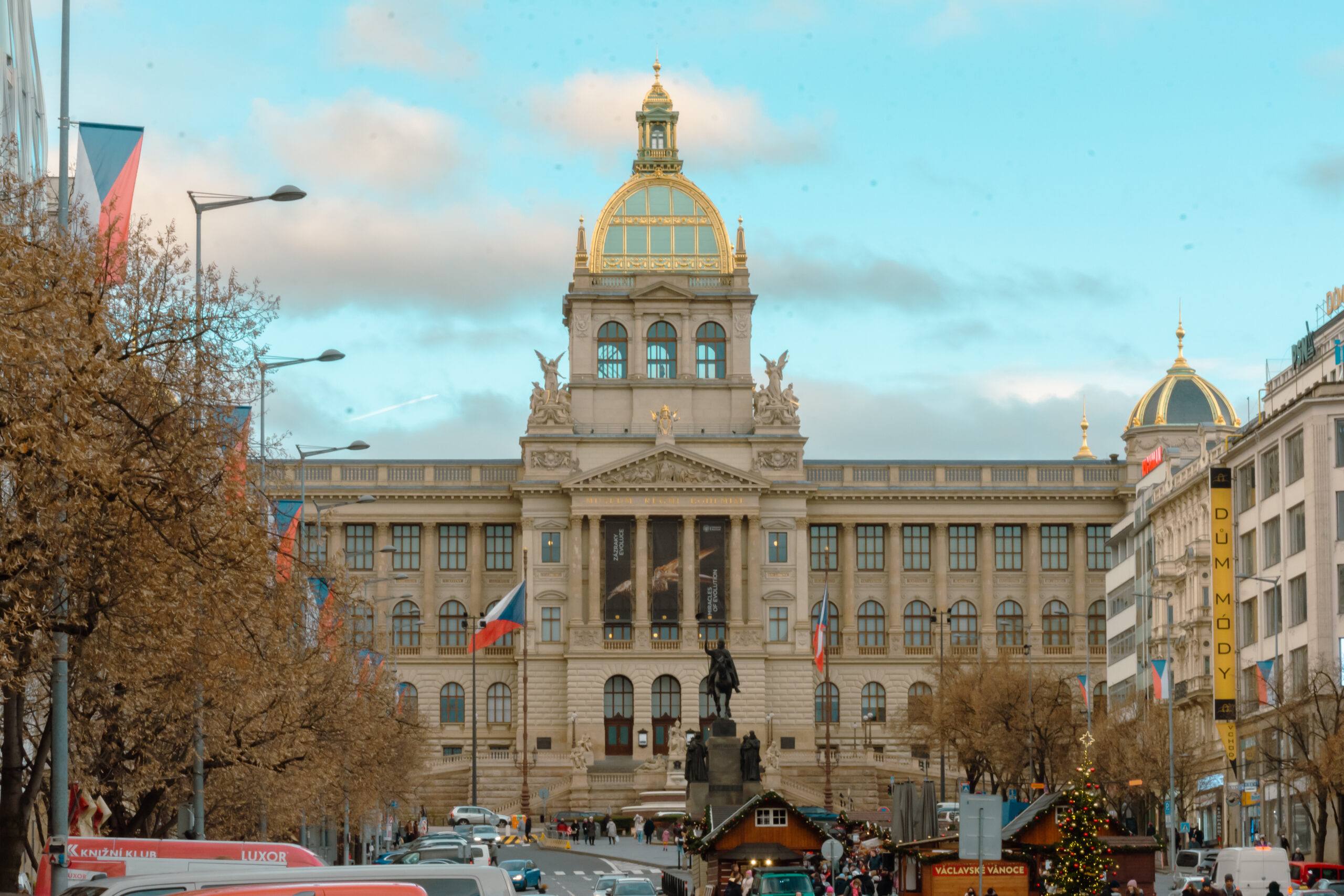
Jewish Quarter (Josefov)
Discover the rich Jewish history of Prague by visiting the Jewish Museum, Old Jewish Cemetery, and several synagogues, including the Old-New Synagogue (yup the name really is an oxymoron). Another very notable place to visit in this part of the city is the birthplace of the famous author, Franz Kafka. Some of his most renowned literary works comprise the novella “The Metamorphosis” and the novels “The Trial” and “The Castle.” The term “Kafkaesque” has been integrated into English to encapsulate the surreal and absurd scenarios reminiscent of his writing style.
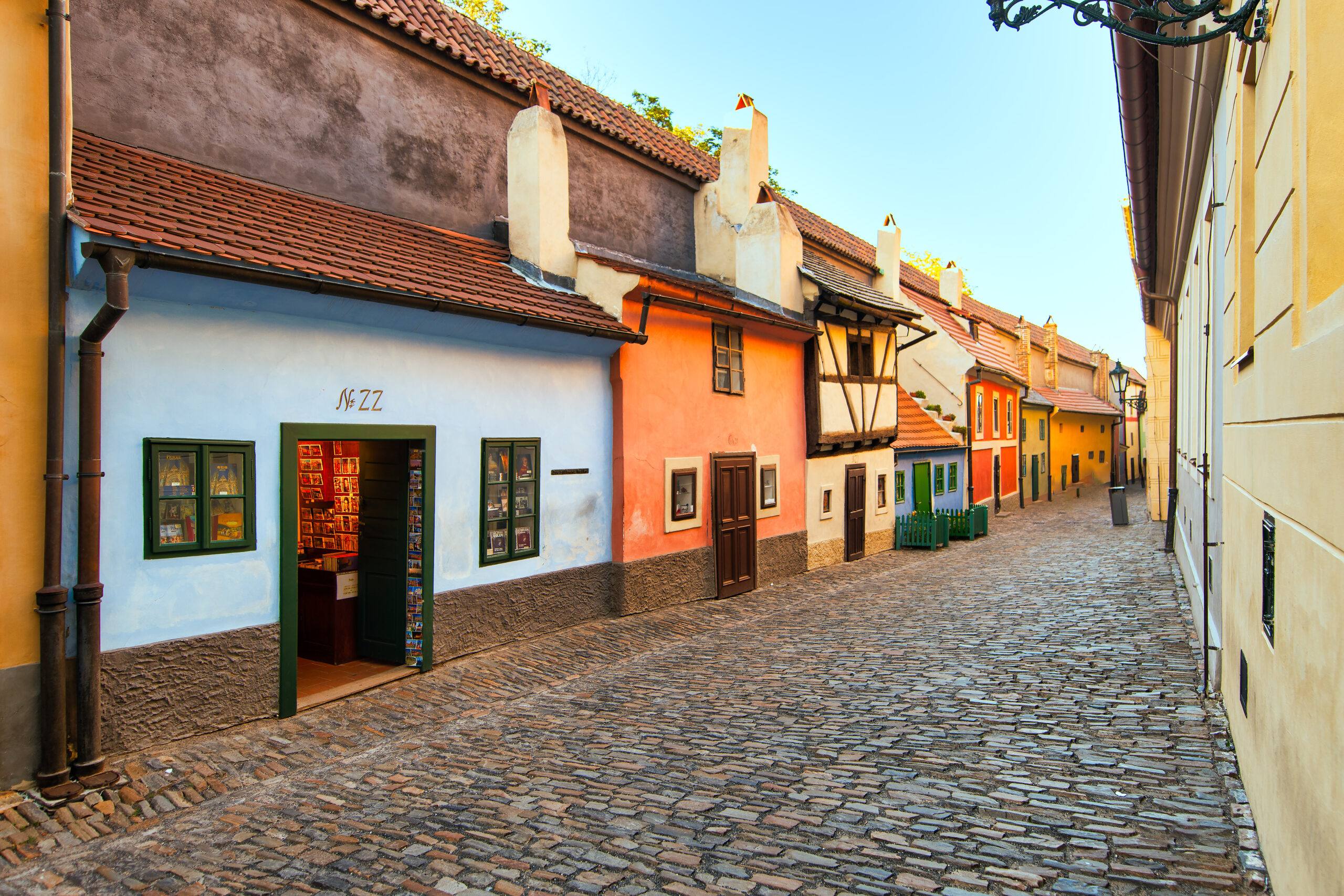
National Gallery in Prague
The National Gallery Prague is dedicated to the preservation and display of art in Prague. It oversees the most extensive collection of artworks in the Czech Republic, showcasing both Czech and international masterpieces through permanent and temporary exhibitions. Rather than being centralized in one building, the gallery’s collections are spread across various historic edifices throughout Prague and other locales. Among these sites, the Trade Fair Palace serves as the primary location for the gallery’s modern art collection. Additional significant exhibition spaces include the Convent of St. Agnes of Bohemia, the Kinský Palace, the Salm Palace, the Schwarzenberg Palace, the Sternberg Palace, and the Wallenstein Riding School. Established in 1796, the National Gallery Prague ranks among the world’s oldest public art galleries and stands as one of Central Europe’s largest museums.